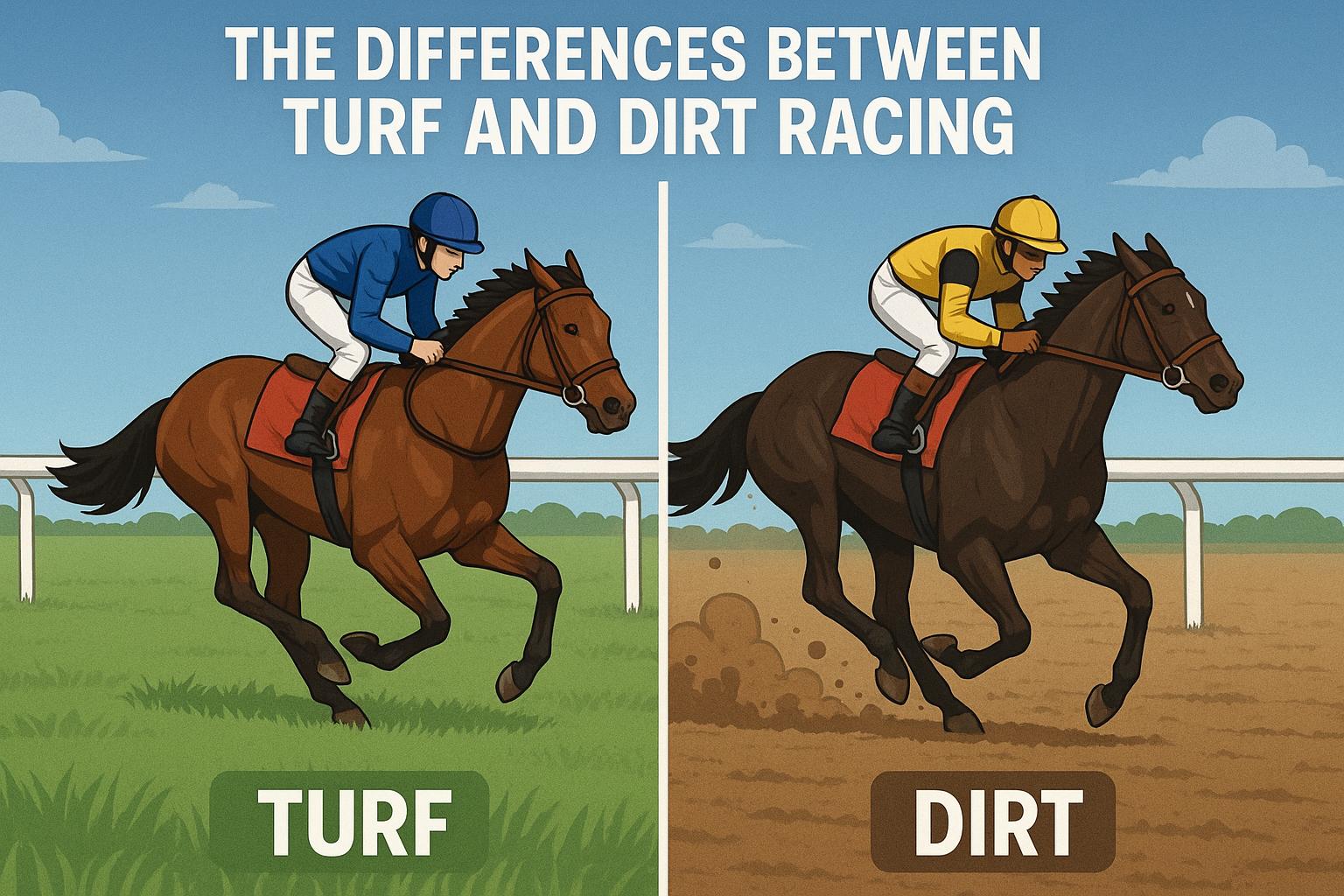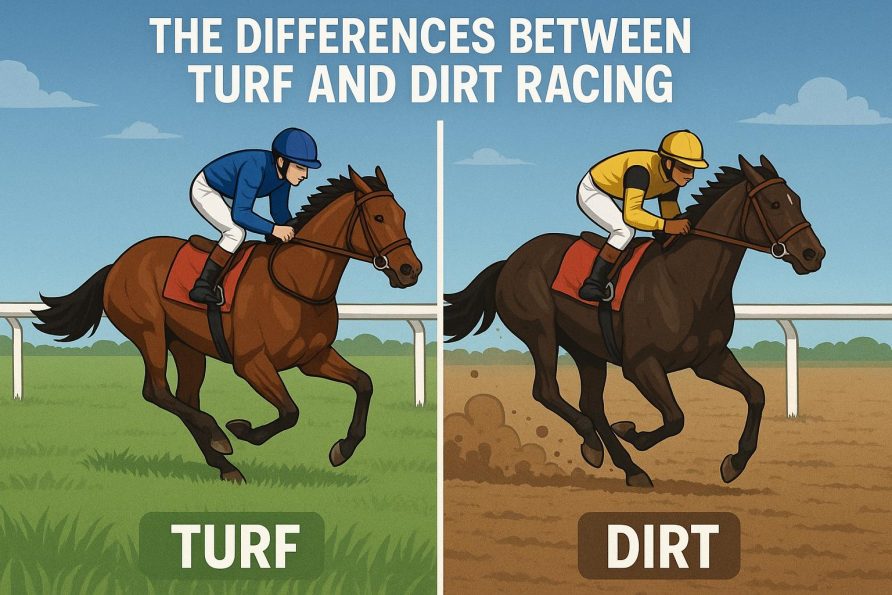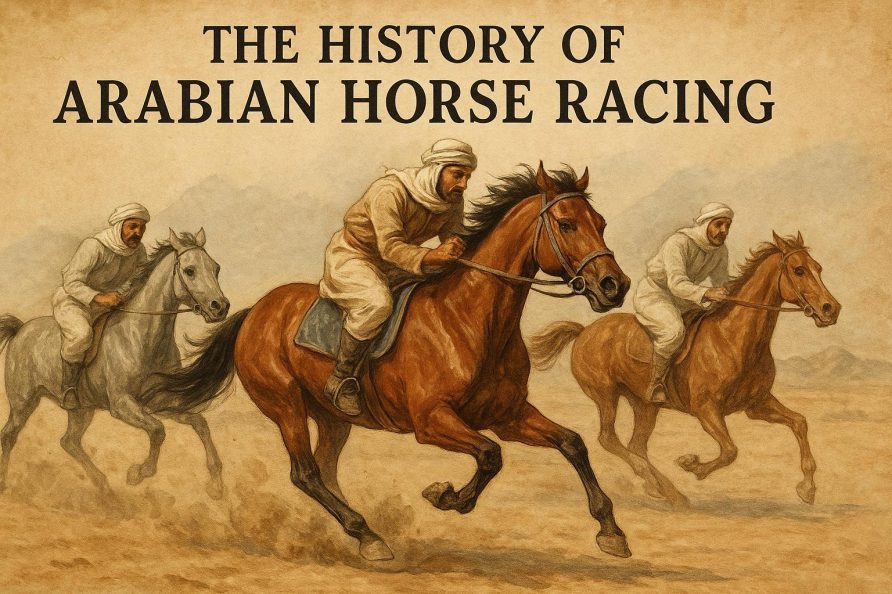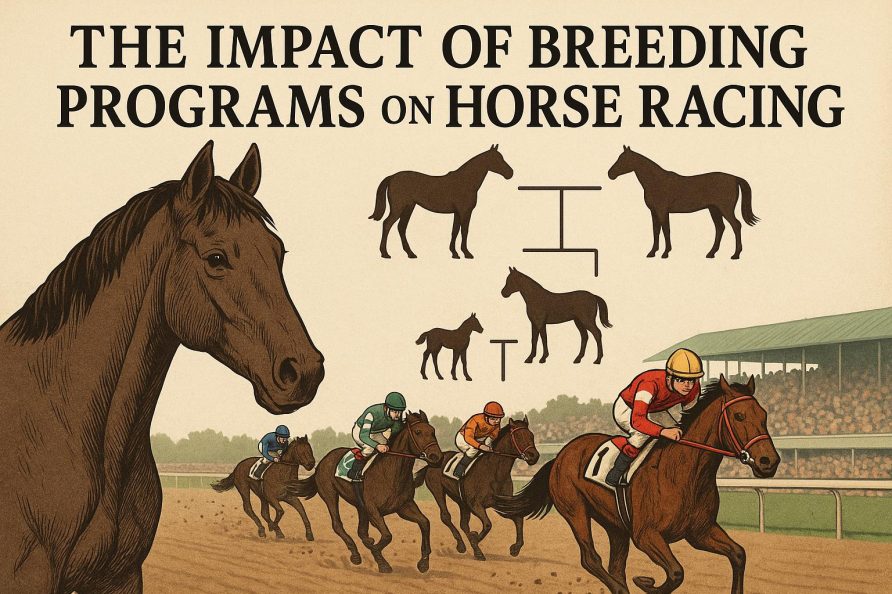Introduction to Turf and Dirt Racing
In the realm of horse racing, understanding the differences between turf and dirt racing is crucial for enthusiasts and bettors alike. These two primary surfaces each have unique attributes that influence race strategy, horse performance, and event outcomes. By examining the intricacies of both turf and dirt tracks, we gain a deeper appreciation for how these surfaces shape the horse racing landscape.
Surface Composition
In turf racing, events unfold on grass surfaces meticulously maintained to provide a natural and even track. This preservation not only enhances the aesthetics of the course but ensures the consistency needed for fair competition. The firmness of a turf track can vary significantly, contingent on weather conditions, which introduces variables such as the softness or hardness of the ground.
On the other hand, dirt tracks are comprised of packed soil and sand, creating a denser, more uniform racing environment. Unlike the natural variability in turf courses, dirt tracks are engineered for consistency, thereby offering a predictable but harder surface. This distinction leads to two distinct racing environments that significantly affect horse performance and strategy.
Impact on Horses
The racing surface substantially influences a horse’s physical experience during a race. Turf tracks, with their softer nature, offer increased cushioning for a horse’s legs. This cushioning can potentially mitigate the risk of injury, as it reduces the impact stress on the horse’s limbs. However, turf surfaces demand more from a horse in terms of agility and stability, particularly because wet conditions can make the grass slippery.
In contrast, dirt tracks provide a firmer surface, which often facilitates faster race times. However, the increased hardness of the track can impose greater stress on the horses’ joints and hooves. Thus, while the potential for speed is higher, the risk of injury related to the surface impact is also greater.
Racing Style and Strategy
The nature of the racing surface plays a pivotal role in determining the style and strategy adopted by horses, jockeys, and trainers. In turf races, the pace is typically more subdued, requiring horses to conserve energy for quick bursts of speed, particularly in the closing stages of the race. Horses with the ability to produce a rapid acceleration, or a sharp turn of foot, are often more successful on turf tracks.
Conversely, dirt races place a premium on stamina and early speed. The firmer surface allows for sustained higher speeds throughout the race. Horses that perform well on dirt tracks generally exhibit consistent speed and endurance. This difference in racing strategy highlights the importance of track surface knowledge for optimizing race outcomes.
Weather Considerations
Weather plays a critical role in shaping the conditions of both turf and dirt tracks, influencing race dynamics and performance. On turf tracks, adverse weather can lead to softer, boggy conditions that slow down horses not adept at handling such surfaces. The variability of turf conditions under different weather scenarios requires horses and jockeys to adapt swiftly.
Dirt tracks present their own set of challenges when weather changes. In dry conditions, these tracks can produce significant amounts of dust, which can obstruct visibility and affect breathing for both horse and jockey. In contrast, rain can turn dirt tracks muddy, influencing traction and overall race performance. Each weather scenario necessitates strategic adjustments to cope with the altered conditions.
Conclusion
In conclusion, the differences between turf and dirt racing are multifaceted, encompassing surface composition, impact on horses, racing style, and weather conditions. Understanding these elements is essential for anyone involved in the horse-racing world, whether they are trainers, jockeys, or bettors. A comprehensive grasp of these factors aids in formulating winning strategies tailored to surface-specific dynamics.
For those involved in the sport, knowledge of various track surfaces offers a strategic edge in predicting and influencing race outcomes. Engaging with specialized resources, such as racing analysis websites and forums, also augments understanding. These platforms provide insights into track conditions and their nuanced impact on racing dynamics, offering a well-rounded perspective of horse racing grounded in the intricacies of surface differences.
Read more about racing surfaces to stay informed and up-to-date with the latest insights and analyses in the sport.





